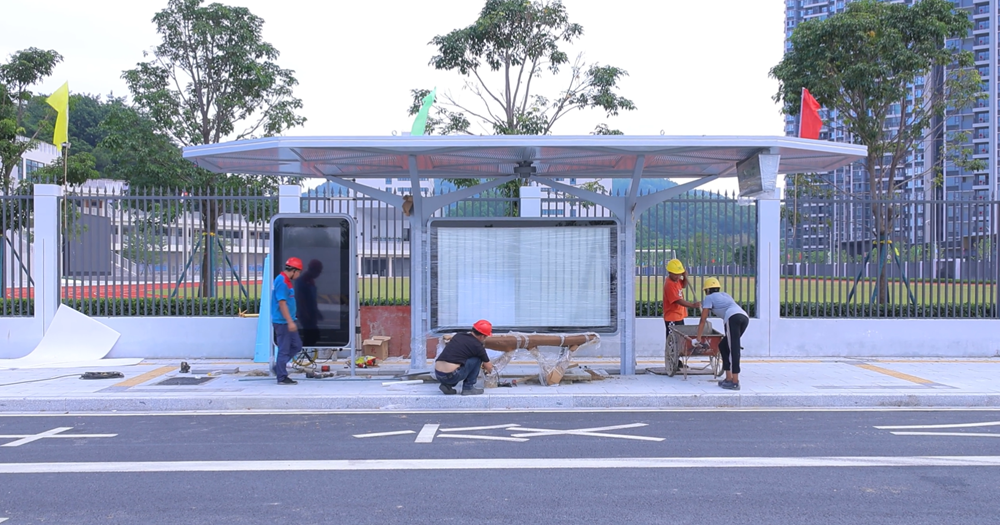Explore how metal bus shelters combine durability, smart technology, and eco-friendly design to transform urban transit. Learn about materials, innovations, and global case studies.
Introduction: Why Metal Bus Shelters Are Redefining Urban Mobility
Metal bus shelters have evolved from basic waiting areas into multifunctional hubs that enhance public transportation efficiency, safety, and sustainability. Made from materials like galvanized steel, aluminum, and stainless steel, these structures withstand harsh weather, vandalism, and heavy daily use while integrating smart technologies like solar power and real-time passenger information systems. This article explores the design principles, technological advancements, and environmental benefits of modern metal bus shelters, showcasing why they are critical to future-ready cities.
1. Key Advantages of Metal Bus Shelters
Durability and Weather Resistance
Metal bus shelters excel in longevity and resilience. Galvanized steel and aluminum resist corrosion, rust, and UV damage, making them ideal for coastal or extreme-climate areas. For example, powder-coated stainless steel structures can endure winds up to 100 km/h and seismic activity up to magnitude 8, ensuring safety during storms or earthquakes.
Their robust construction also deters vandalism, reducing maintenance costs.
Customization and Aesthetic Flexibility
Metals like aluminum and steel can be molded into diverse shapes—from sleek modern designs to traditional styles—allowing cities to match shelters with local architecture. Customization options include colors (via electrostatic painting or fluorocarbon baking), perforated patterns for ventilation, and branding elements like logos.
Low Maintenance and Cost-Effectiveness
Powder-coated surfaces repel graffiti and require only occasional cleaning. Prefabricated modular designs simplify installation and repairs, while solar-powered lighting eliminates wiring costs.

2. Innovative Design Features for Modern Needs
Smart Technology Integration
Solar Power Systems: Solar panels paired with batteries (e.g., 50W–200W capacity) power LED lights for 6+ hours nightly, enabling off-grid operation.
Digital Displays: E-ink signs show real-time bus arrivals using minimal energy (as low as 3.5W), while LCD screens support dynamic ads.
Connectivity and Security: Wi-Fi, USB charging ports, and surveillance cameras improve passenger safety and convenience.
Eco-Friendly Materials and Green Design
Recyclable Components: Galvanized steel and aluminum are 100% recyclable, reducing waste. Some designs incorporate green roofs for insulation and air purification.
Energy Efficiency: LED lighting consumes 80% less energy than conventional bulbs, and solar systems cut carbon footprints.
Accessibility and User Comfort
ADA Compliance: Ramps, tactile paving, and spacious layouts accommodate wheelchairs and visually impaired users.
Ergonomic Amenities: Bench seating (e.g., 48.5 cm height for optimal comfort), waste bins with drainage holes, and enclosed waiting areas protect from rain and wind.
3. Future Trends: The Next Generation of Metal Bus Shelters
AI and IoT Synergy: Sensors will adjust lighting based on occupancy and predict maintenance needs .
Autonomous Vehicle Integration: Modular designs will connect with self-driving shuttles for seamless transfers.
Metal bus shelters are pivotal to creating resilient, smart urban landscapes. By combining durability with technologies like solar power and digital displays, they address core challenges in public transit—sustainability, accessibility, and cost-efficiency. As cities worldwide adopt these innovations, metal shelters will continue to evolve as dynamic nodes in the future of mobility.








 Share to:
Share to: